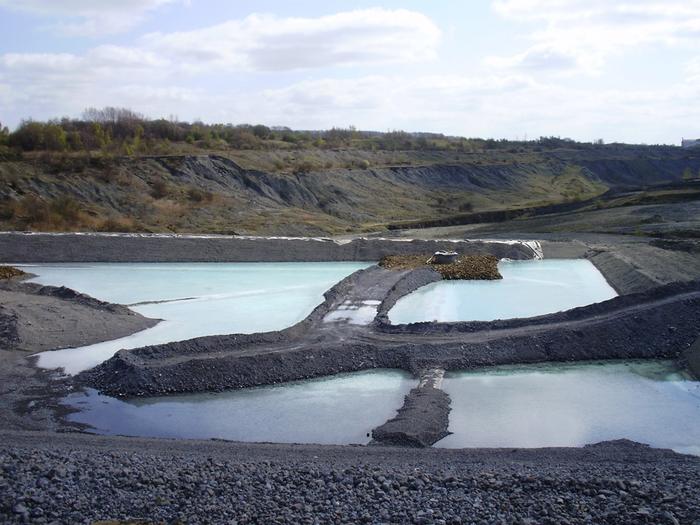A decarbonised steel industry that includes carbon dioxide removal techniques in its net zero arsenal could use lower-grade iron ore, according to a new study.

Credit: Phil Renforth
A decarbonised steel industry that includes carbon dioxide removal techniques in its net zero arsenal could use lower-grade iron ore, according to a new study.
Steel accounts for 5-8% of carbon dioxide emissions globally. Its total emissions have risen over the past decade, largely due to increased demand.
The International Energy Agency has stated that, without innovation, the scope to limit emissions is ‘limited’. Therefore, the commercialisation of new zero-emission production processes is critical.
Innovative processes are the focus of the new research from Heriot-Watt University’s Research Centre for Carbon Solutions, published in the academic Journal of Cleaner Production.
Professor Phil Renforth and team describe in the study how deep emissions mitigation in the steel industry, combined with financial levers, could not only result in steel becoming carbon negative – it could also make the use of lower-grade iron ore feasible.
Professor Renforth said: “This could be the cherry on the cake for the steel industry and open up new opportunities for investment in the UK.
“We developed a bespoke techno-economic model that stimulates scenarios where steel production is enhanced with climate change interventions.
“We focused on measures like directly reduced iron, biomass-based reductants and carbon capture and storage, as they’ve been identified as the most likely net zero pathways by the International Energy Agency.
“The UK has around 180 million tons of slag byproduct from steel production. If the industry used this material to capture atmospheric carbon dioxide, for example, coupling direct air capture with a mineral reaction system, it could remove up to one gigatonne of carbon dioxide per year by 2050.
“This would need to be supported by strong government incentives -around 200-500 USD per tonne.
“Decarbonising will drive up the cost of steel, so there has to be a driver for change.
“Also, these are nascent technologies that require significant investment if they’re to be implemented on any meaningful scale.
“Adding an incentive for carbon removal may offset the cost of decarbonisation.”
Renforth’s model threw up one big surprise for the carbon researchers.
“Surprisingly, the model shows that once financial incentives and carbon removal technologies are in place, lower-grade ores become commercially viable.
“Current production favours higher purity ore, which is cheaper to use because it requires less energy and materials.
“The UK doesn’t have any commercial-grade ore, and it’s becoming incredibly hard to find around the world. That’s a problem that’s not going away.
“Our model shows that by integrating advanced emission reduction technologies and using lower-grade iron ore, we can create a sustainable, economically viable path towards a carbon-negative steel industry.
“This is a critical step in addressing climate change while supporting industrial growth.
Journal
Journal of Cleaner Production
Article Title
Carbon dioxide removal could result in the use of lower-grade iron ore in a decarbonized net-negative emission steel industry



